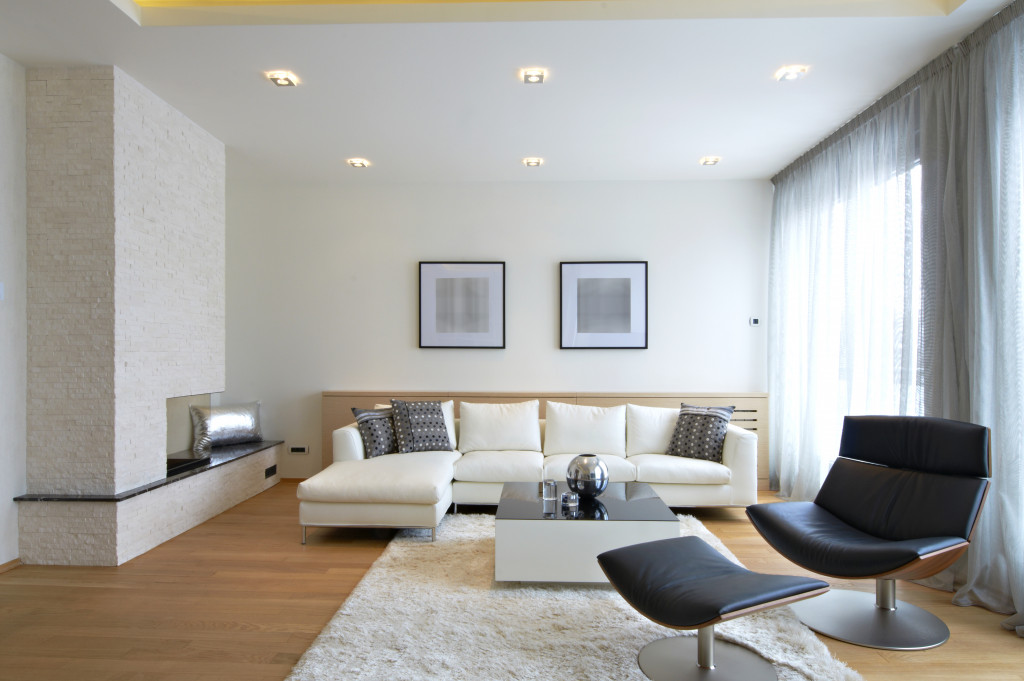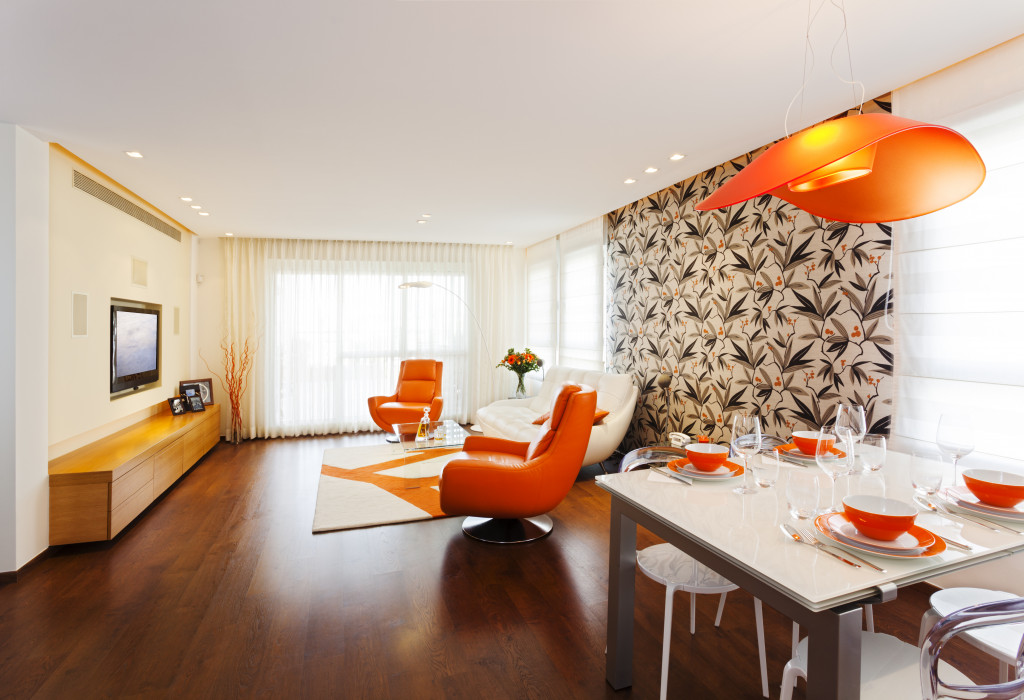We have now entered an era where working from home is commonplace. Many households have the necessary technology to work remotely, after all. A good desktop or laptop computer, a camera, microphone, and speakers- these devices are all readily accessible and can be used to work without ever visiting the office.
However, many people have discovered that working from home can actually make them less efficient or lose productivity. Of course, some gained a significant productivity boost, but if you’re one of those struggling, it may be because your home isn’t optimized for remote work. Below are some ways you can remodel your home to boost your productivity and increase efficiency.
Create an Office Space
With businesses forced to allow remote working, many people found themselves in an interesting situation: while their house is comfortable to live in, it’s far from comfortable to work in. There are too many distractions, and it can be quite difficult to put yourself in a productive mood. This is where creating a dedicated office space comes in handy. However, many people often think they don’t have enough space for a dedicated home office.
But the reality is you don’t need a large empty room for one. You can try remodeling your basement and cleaning it out to turn it into a study or office space. Or you can try turning your attic into a loft. Even converting a small walk-in closet into an office nook is a great idea for a home office.
Get Ergonomic Furniture
Another thing everyone needs to realize is that our homes aren’t equipped with the ergonomically correct furniture for working. High dining tables turned into makeshift office desks, hurting our elbows and shoulders, and people realize that an upright wooden chair isn’t exactly the best chair to sit on for more than a few hours. Invest in a properly sized desk or chair. Your desk should be comparatively lower than the usual table, as your shoulders and elbows need to be neutral.
A swivel chair that allows for movement and lets you extend your legs is great too. They are one of the most beneficial additions to your home, especially if you’re inclined to be more productive. The right furniture can go a long way in making your work hours more comfortable, efficient, and productive.
Ideal Lighting Can Make a Difference

If you feel rather sleepy, or can’t find the energy to work, perhaps it’s because of the lighting. Having dim and gloomy lights can make you feel lethargic, and absurdly bright lights are also uncomfortable. Using smart lights that allow you to change the brightness and temperature is ideal as it allows you to control the lighting depending on the amount of natural light that comes in.
Placing the lamps and light sources in the ideal places does wonders as well. Natural light remains the best source of light as it not only energizes us but gives us the highly beneficial vitamin D. However, do keep in mind that it’s not a good idea to place monitors against it. It’s best used in front of you or next to your work area.
Don’t Block Walking and Access Space
Nothing defeats the idea of productivity and efficiency more than an inefficient home layout. Look at your current space: do you need to scoot over or squeeze yourself just to get from point A to point B? Far too often, many homeowners cramp all the things they assume they need in one area that begins to interfere with the walking space.
But keep in mind, keeping the space you walk on free of obstacles and interference can actually help a lot. The few seconds of adjusting just to move around can quickly pile up to a considerable amount of time. Also, keeping often-used tools in the most immediately accessible location can make your day-to-day tasks easier and more efficient to accomplish.
Increase Airflow and Ventilation
Working in a stuffy room will immediately make you feel tired and uncomfortable. You might even feel antsy and feel the need to go out and walk. This isn’t “all in your head”; it’s a real phenomenon called “sick building syndrome,” more commonly known as cabin fever. Open up your windows and make sure there’s fresh air circulating throughout the room. If possible, have your ventilation system cleaned out. If you find that there aren’t many windows or openings in your room, near an entrance to make sure that air circulates throughout.
You don’t have to remodel your house in one go. You can try gradually integrating these changes into your home. Soon, you’ll discover that you’re more efficient and more productive than you ever were in the office.

